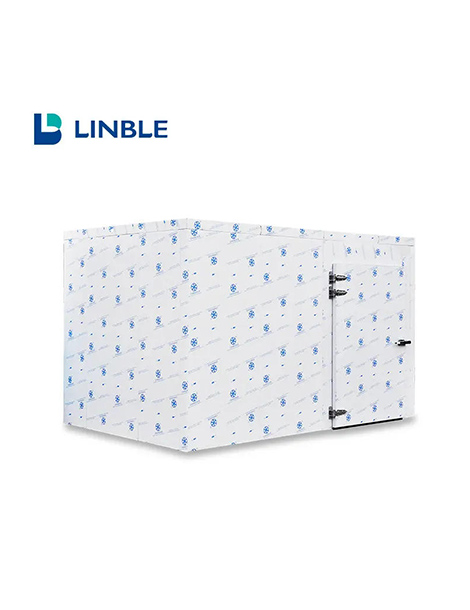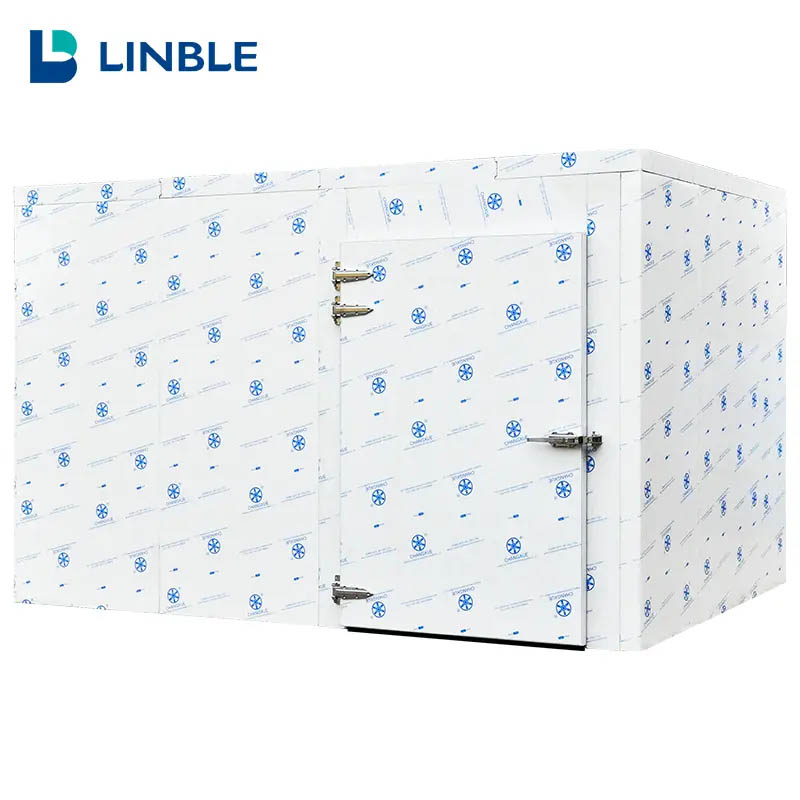English 


Views: 0 Author: Site Editor Publish Time: 2024-03-05 Origin: Site

Where energy efficiency is becoming increasingly important, insulation has become a key aspect of building design. This includes cold rooms, which are essential for various industries such as food storage, pharmaceuticals, and more. In this article, we will explore whether a cold room can be insulated, the benefits of doing so, and the best practices for insulating your cold storage area.

Yes, a cold room can be insulated. In fact, insulating a cold room is highly recommended for several reasons. Insulation helps maintain the desired temperature inside the cold room, reducing the energy needed to cool the space. This, in turn, leads to cost savings on energy bills and a reduced carbon footprint. Additionally, proper insulation can help prevent condensation and mold growth, ensuring the quality and safety of the stored products.
Energy Efficiency: As mentioned earlier, insulation helps maintain the desired temperature inside the cold room, reducing the energy needed to cool the space. This leads to cost savings on energy bills and a reduced carbon footprint.
Improved Temperature Control: Proper insulation ensures that the cold room maintains a consistent temperature, which is crucial for the quality and safety of the stored products.
Condensation Prevention: Insulation helps prevent condensation from forming on the walls and ceiling of the cold room. Condensation can lead to mold growth and damage to the stored products.
Noise Reduction: Insulation also helps reduce noise transmission from the cold room to other areas of the building, creating a quieter environment for both employees and customers.

Choose the Right Insulation Material: There are various types of insulation materials available, such as fiberglass, cellulose, and spray foam. The choice of material depends on factors such as budget, desired R-value (a measure of insulation effectiveness), and ease of installation. Consult with a professional to determine the best insulation material for your specific needs.
Ensure Proper Sealing: To maximize the effectiveness of your insulation, it is essential to ensure that all gaps and cracks in the walls, ceiling, and floor are properly sealed. This can be done using caulking or weatherstripping.
Consider the Refrigeration System: The refrigeration system plays a crucial role in maintaining the desired temperature inside the cold room. Ensure that the system is properly installed, maintained, and optimized for energy efficiency.
Regular Maintenance: Regularly inspect and maintain your cold room's insulation to ensure its continued effectiveness. This includes checking for any signs of damage or wear and tear and addressing them promptly.
In conclusion, insulating a cold room is not only possible but highly recommended for various benefits, including energy efficiency, improved temperature control, condensation prevention, and noise reduction. By following the best practices for insulating your cold storage area, you can ensure that your cold room remains a safe and effective space for storing products.